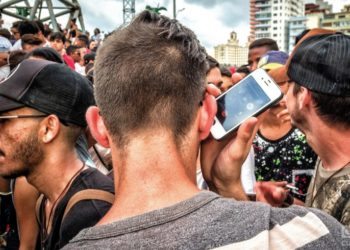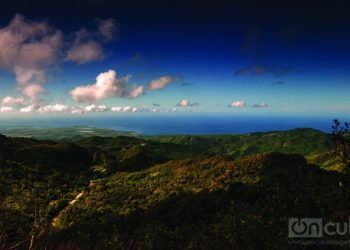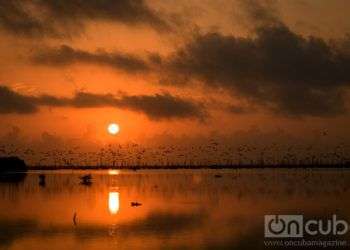Parallel stories
A game of chess on the street, a phone call that can be heard among the crowd, a trip on train on the way home. Daily lives of common persons in Cuba and the United States. Images like mirrors that discover what joins us despite the differences in culture and language. Mirrors, moreover, to look at ourselves and to redefine how much we have assimilated for decades what’s on “the other shore.” When one leaves home to get to know other places, we bring with us the concern of understanding what is happening before our eyes. We have two basic budgets to achieve this: the surprise when faced with the difference and the exoticism of what goes beyond our capacity to understand or, on the contrary, the search for resemblances to our own world. The point of departure of the Common Places | Lugares comunes photographic project (Cuba-U.S. / 2014-2016) is the latter proposal. It began before the 17D, before President Obama’s trip, before Donald Trump’s electoral victory. With these events, or without them, it would have existed anyway since it is born from a humanism that tries to transcend the differences exacerbated for decades from both sides of the...








